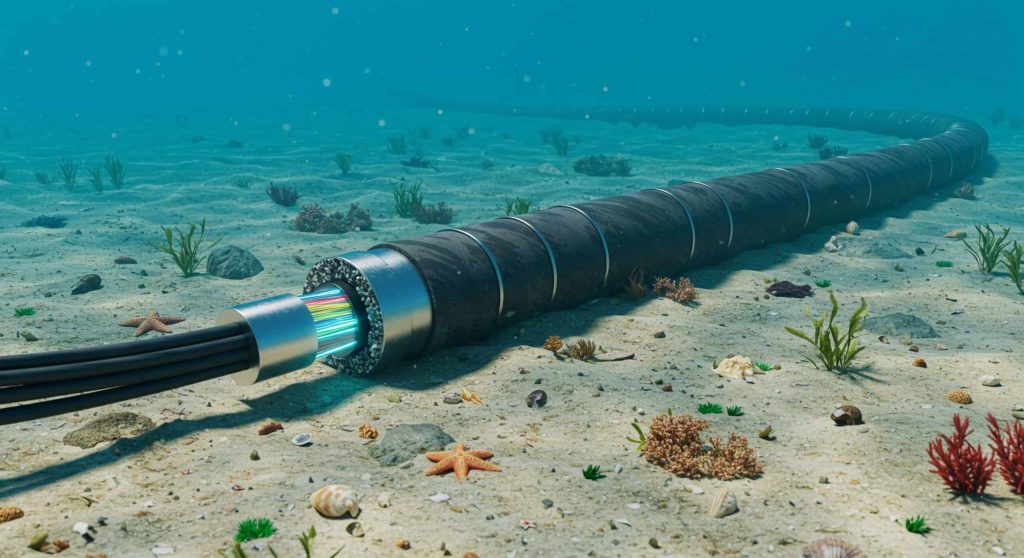FCC Takes Action to Modernize Submarine Cable Licensing for a Resilient Digital Future

Submarine cables are the unseen backbone of our digital world, powering 99% of intercontinental internet traffic and facilitating over $10 trillion in daily financial transactions. These critical infrastructures connect continents, support global communications, and are essential for maintaining our increasingly data-driven lives. Despite their importance, deploying new submarine cables in the United States has become a lengthy and complex process. In the past five years, licensing timelines for submarine cable landings have expanded significantly, stretching from an average of nine months to more than three years in some cases. This extended timeline has created challenges for improving global connectivity and ensuring the resilience of these systems against disruptions.
FCC’s Steps Toward Streamlining Submarine Cable Licensing
Recognizing the need for modernization, the Federal Communications Commission (FCC) recently adopted a Report and Order along with a Further Notice of Proposed Rulemaking (FNPRM). These actions aim to reform the outdated submarine cable landing license rules and strike a balance between deployment efficiency and national security priorities. This effort builds on earlier measures initiated near the end of the Biden Administration under Chairwoman Jessica Rosenworcel and reflects ongoing responsiveness to industry concerns.
The newly adopted framework seeks to streamline the licensing process while preserving critical oversight. The Report and Order introduces updated rules to address inefficiencies, while the FNPRM invites public input on proposals to expedite application reviews and simplify regulatory requirements. For example, the FNPRM proposes differentiating between high-risk and low-risk applications to ensure resources are allocated effectively, as well as recognizing trusted vendors to cut down processing delays.
Why Changing Licensing Rules is Essential
Given their vital role in global communications, submarine cables must be reliable and resilient. These cables face various risks, including natural disasters, fishing-related accidents, and increasingly concerning cyber and geopolitical threats. By implementing a streamlined regulatory process, the FCC aims to strengthen the U.S.’s leadership in digital infrastructure while ensuring that these subsea systems are resilient enough to withstand disruptions.
Industry experts applaud the FCC’s thoughtful approach. By enhancing redundancy and encouraging investment in digital infrastructure, the revised rules could mitigate the adverse impact of cable breaks and create a more robust global communications network. Moreover, addressing inefficiencies in the licensing process could promote faster deployment of cables, which is critical as data demands grow exponentially in an interconnected world.
What Lies Ahead for Submarine Cable Policy
The FNPRM has opened the door for further public consultation, inviting stakeholders to contribute feedback on proposed changes. This collaborative approach allows operators, policymakers, and other members of the telecommunications ecosystem to influence the evolution of submarine cable regulations. Organizations like the Telecommunications Industry Association (TIA) are actively involved in these discussions, urging stakeholders to engage in shaping this essential policy framework.
The FCC’s modernization efforts signal a significant step forward for the industry, ensuring that the United States retains its position as a global leader in secure and resilient communication infrastructure. Businesses, policymakers, and technology experts are encouraged to share insights with the FCC and contribute to the advancement of this critical regulatory framework.
To stay informed or actively participate in shaping the future of submarine cable infrastructure, interested parties can connect directly with initiatives like those of the TIA. Collaboration will remain key as the FCC refines its rules to balance security, investment certainty, and deployment agility for years to come.



